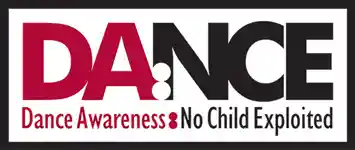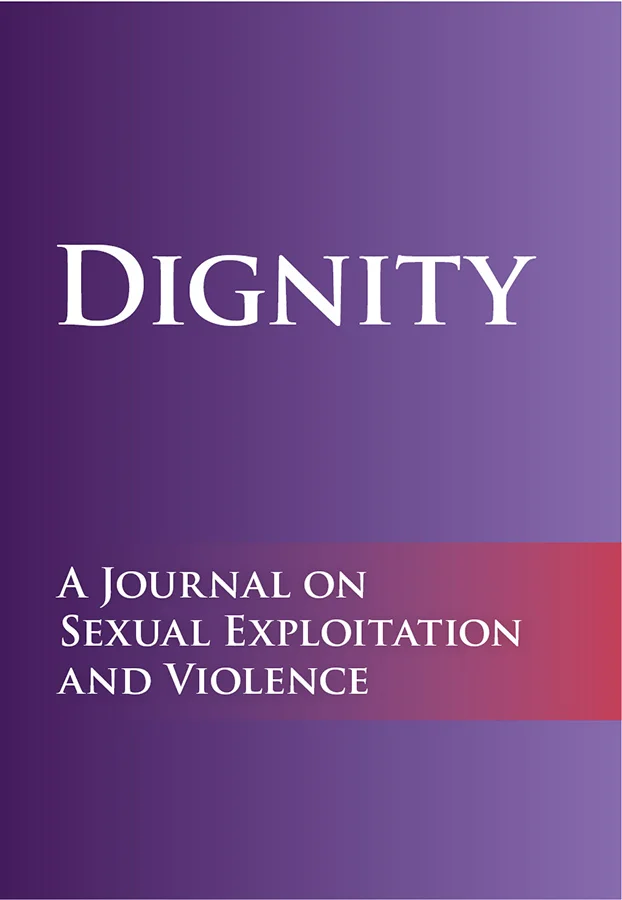As prior generations have come and gone, the ideal body has evolved. Ever-changing body perceptions also relate to external cultural definitions of beauty, perfection and sex appeal. This evolving landscape influences the way young people perceive, feel, think, and behave, regarding their body (National Eating Disorder Collaboration). Girls growing up 15 years ago desperately wanted liposuction in order to appear thinner. Now, girls who are thin daydream about breast augmentation, fat transfers, nose jobs, and lip fillers, to obtain the look of the most “flattering” Instagram filters, or their favorite TikTok influencer. Research is finding, over and over again, that frequent social media use is a strong predictor of girls wanting to alter their appearance with plastic surgery (Walker, et al., 2019). The brain research, as well, is clear. Mirror neurons show that young people copy the norms set by parents and peers, but to a greater degree, the internet, media, pornography, and social media platforms, clearly indicating the cultural values of the era (Barry, 2009).
Our own value and worth, as well as those of our young dancers, should not be dependent on these cultural norms about external physique. If our deepest beliefs about ourselves are determined by the way we appear in the mirror, we might feel driven to pay money in order to change it or, worse, erase ourselves entirely so as to eliminate the need to endure our reflection in the mirror. Those cultural norms have influenced the dance industry, their educators, along with many parents. Subsequently, they are bleeding into the dance room.
We have to understand that children are affected when the classroom itself becomes a mirror to the outside world. The same messages they receive about their value, bodies, and how to gain attention, admiration, and love, from mass and social medias, and pornography, are repeated and solidified in a classroom where an educator gives them adult choreography to adult music, and then has them perform in little to no clothing.
In many studios, instead of wholesome music, many are using Nicki Minaj, Cardi B, Megan thee Stallion, and the like, artists known for their notably pornographic and sexualized songs. Rather than jazz turns, intricate floor work, and leaps, girls are being told to lean forward and twerk, crawl on the floor, and arch their backs while flipping their hair around. And the thick tights, leotard, and no midriff requirements of the past, have been replaced with no tights, booty shorts or briefs, and crop tops or bras made to look like part of the costume (sometimes this will include a full face of makeup – fake eyelashes and lipstick included – for performances).
Depending on the student’s competition level, they might spend anywhere from five to twelve hours in the classroom per week. That is a lot of time, second only to school itself. This time is critical and can shape the very person they become and what they believe about themselves (Chapman, 2015). Imagine our young girls constantly being reminded that they have to look a certain way or remain young forever, and then further being taught by dance educators, that the more adult and sexual the content, the more cheers and approval they will receive.
Girls, in general but especially girls in dance, right now are being hypersexualized and objectified, and receiving messages that their value and worth lie only in what they can do sexually with their body, at levels so disproportionate than years past, and as rapidly as from a fire hose. They are not given any voice in objecting to the demands, nor are they provided a framework or context to navigating their own personhood, their own voice, or even their own body.
Children in dance deserve to grow up knowing their internal value and worth lies not in their external physical image, nor in the sexualization or objectification of their body, but in who they are at their core, the altruistic elements that make up their whole being. Our young dancers, our teens, our children, need to hear a different message. They deserve better.
Therefore, adults need to evaluate the messages that children receive about their bodies, and choose to correct harmful cultural messages. Especially when it comes to our influence in children’s dance.
I believe that Students MUST be:
- Free to wear costumes that fit their body and their body type, and are modest and age-appropriate, though even older girls should wear modest clothing for their performances
- Free to ask to wear something in which they feel comfortable, though no costume should be approved if anyone asked to wear it, is uncomfortable
- Rewarded for their hard work and dedication, not their size, shape, or sexual persona
- Given parts in performances for their talent, and passion, not their size, shape or sexual persona
- Affirmed in who they are and who they are becoming
- Taught by example, that their value is in their existence and complete humanity, and they are precious and accepted for who they are
- Taught by example and reminded what healthy dance is and that they deserve nothing less
- Provided the means to find a safer dance environment in the event they experience harmful dance
- Free to have any number of SAFE discussions with a parent or educator when they feel they are in a harmful dance environment
- Provided a means to choose another path if dance is not their dream
- Allowed ample time to enjoy their childhood and innocence, both in or outside the dance room
For the sake of our dancers, let’s all work together to normalize self-perception that is positive and healthy, rather than harmful.—
Research:
Walker, C.E., Krumhuber, E.G., Dayan, S. et al. Effects of social media use on desire for cosmetic surgery among young women. Curr Psychol 40, 3355–3364 (2021). https://doi.org/10.1007/s12144-019-00282-1
Barry, A. M. (2009). Mirror neurons: How we become what we see. Visual Communication Quarterly, 16(2), 79–89. https://doi.org/10.1080/15551390902803820
Chapman, J. (2015, November 1). Ask the experts: How many hours for comp kids. DanceTeacher+. https://dance-teacher.com/ask-the-experts-how-many-hours-for-comp-kids/

Bio: Jaime Logan (previously Woicicki) grew up in Sonoma County, California, and currently resides in the Inland Empire. Growing up, she was involved in theater, modeling, and dance. She eventually moved to Denver, joining a semi-professional dance company whose mission was to aid and restore battered women and children. She earned her Bachelor’s Degree in Psychology at Biola University, was awarded the President’s Scholarship alongside several other merits, and is now pursuing her Master’s Degree in Public Health Education and Promotion through Walden University.
She plans to use her training to become a Master Certified Health Education Specialist (MCHES) and develop long-term, comprehensive health and sex education for middle and high school students. Due to her experience of hypersexualization, betrayal trauma, and emotional abuse as a girl, she envisions the education emphasizing innate human value, body autonomy, and boundaries, developing healthy and emotionally-connected relationships, and building emotional connections in intimate relationships. She also later recognized the prevalence of, and the laundry list of issues associated with, childhood exposure to pornography, such as child-on-child sexual abuse. She also wants the curriculum to address tools for recognizing red flags and reporting all forms of abuse, empowerment versus objectification, online safety practices, and understanding the scientifically proven harms associated with pornography consumption.



